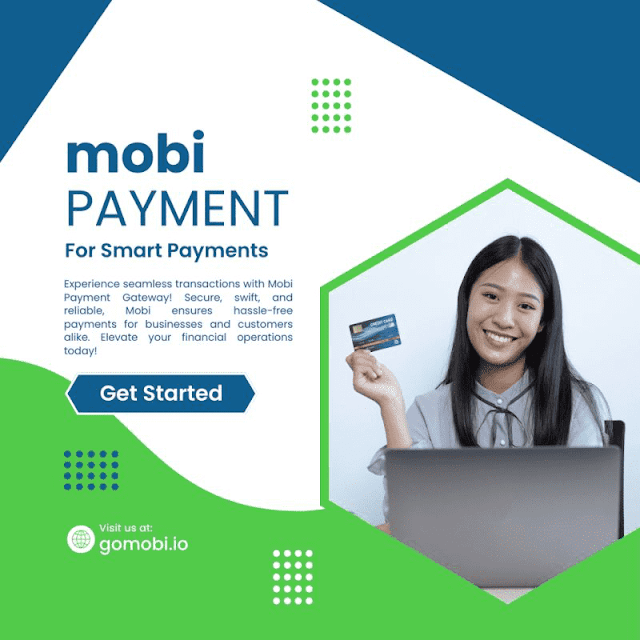How to Choose a Payment Gateway That Supports International Transactions
In an increasingly globalized marketplace, businesses are no longer limited by geographical boundaries. As such, selecting a payment gateway that supports international transactions has become a critical decision for companies looking to expand their reach. With a plethora of options available, choosing the right payment gateway can be overwhelming. Here’s a guide to help you navigate the process and select a payment gateway solutions that fits your international transaction needs.
 |
| Online payment gateway integration |
1. Understand Your Business Needs
Before diving into the specifics of payment gateways, assess your business’s unique requirements. Consider the following:
- Target Markets: Identify the countries and regions where your customers are based.
- Currency Requirements: Determine which currencies you need to support.
- Transaction Volume: Estimate the volume of transactions you expect to handle.
Understanding these factors will help you narrow down your options to gateways that align with your business objectives.
2. Evaluate Multi-Currency Support
A payment gateway that supports multiple currencies is crucial for international transactions. Look for gateways that offer:
- Automatic Currency Conversion: Ensures customers see prices in their local currency.
- Multi-Currency Accounts: Allows you to hold funds in various currencies and reduce conversion fees.
This feature helps provide a seamless shopping experience and minimizes the hassle of currency conversion for both you and your customers.
3. Check for Global Reach and Local Payment Methods
Ensure that the payment gateway supports transactions in the countries you are targeting. Some gateways have broader global reach and better integration with local payment methods, which can enhance customer satisfaction. Look for:
- Local Payment Options: Integration with popular local payment methods and banks.
- Language Support: User interfaces and customer service available in multiple languages.
Supporting local payment methods can improve conversion rates and cater to the preferences of international customers.
4. Assess Security and Compliance
Security is paramount in payment processing. Choose a gateway that adheres to industry standards and regulations, such as:
- PCI-DSS Compliance: Ensures the gateway meets security standards for handling card information.
- Fraud Prevention Tools: Features like advanced fraud detection and chargeback protection.
A secure payment gateway not only protects sensitive customer information but also builds trust and credibility for your business.
5. Consider Integration and Usability
The payment gateway should seamlessly integrate with your existing e-commerce platform and business systems. Look for:
- Easy Integration: Compatibility with your website or shopping cart software.
- User-Friendly Interface: An intuitive interface for both merchants and customers.
A smooth integration process minimizes technical issues and ensures a better user experience.
6. Evaluate Fees and Charges
Payment gateways often come with various fees, including:
- Transaction Fees: A percentage of each transaction or a flat fee.
- Monthly Fees: Subscription or service fees for using the gateway.
- Currency Conversion Fees: Costs associated with converting funds to different currencies.
Compare the fee structures of different gateways and calculate how they impact your business’s bottom line.
7. Review Customer Support
Reliable customer support is essential for resolving any issues that may arise. Check for:
- 24/7 Support: Availability of support around the clock.
- Multiple Channels: Support through various channels such as phone, email, and live chat.
Good customer support ensures you can quickly address any problems and minimize disruptions to your business.
8. Test the Gateway
Before committing, test the payment gateway to ensure it meets your needs. Many providers offer trial periods or demo accounts. Use these opportunities to:
- Test Transactions: Conduct test transactions to verify the gateway’s performance.
- Evaluate Customer Experience: Ensure the checkout process is smooth and user-friendly.
Testing helps identify any issues before going live and ensures the gateway operates as expected.
Conclusion
Choosing a online payment gateway that supports international transactions is a crucial decision for businesses aiming to expand globally. By understanding your business needs, evaluating multi-currency support, ensuring security and compliance, and considering fees and customer support, you can select a payment gateway that enhances your international operations. Take the time to research and test different options to find the best fit for your business’s growth and success in the global market.


.jpg)
Comments
Post a Comment